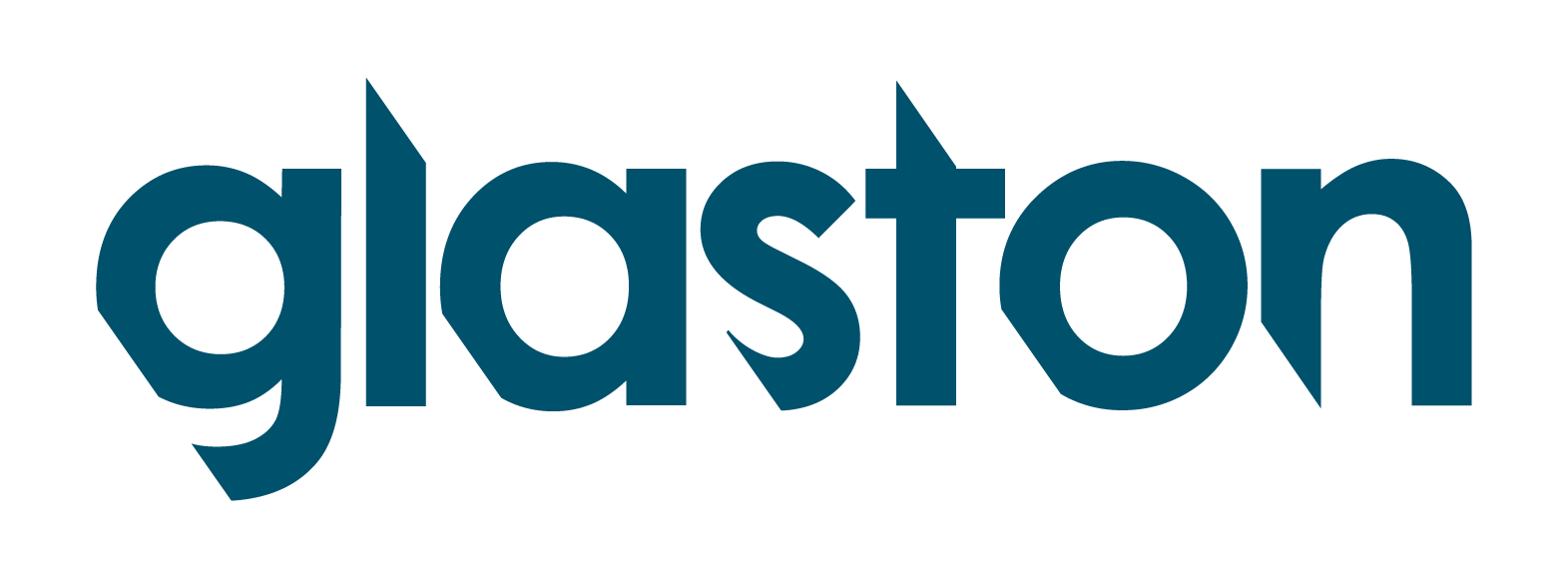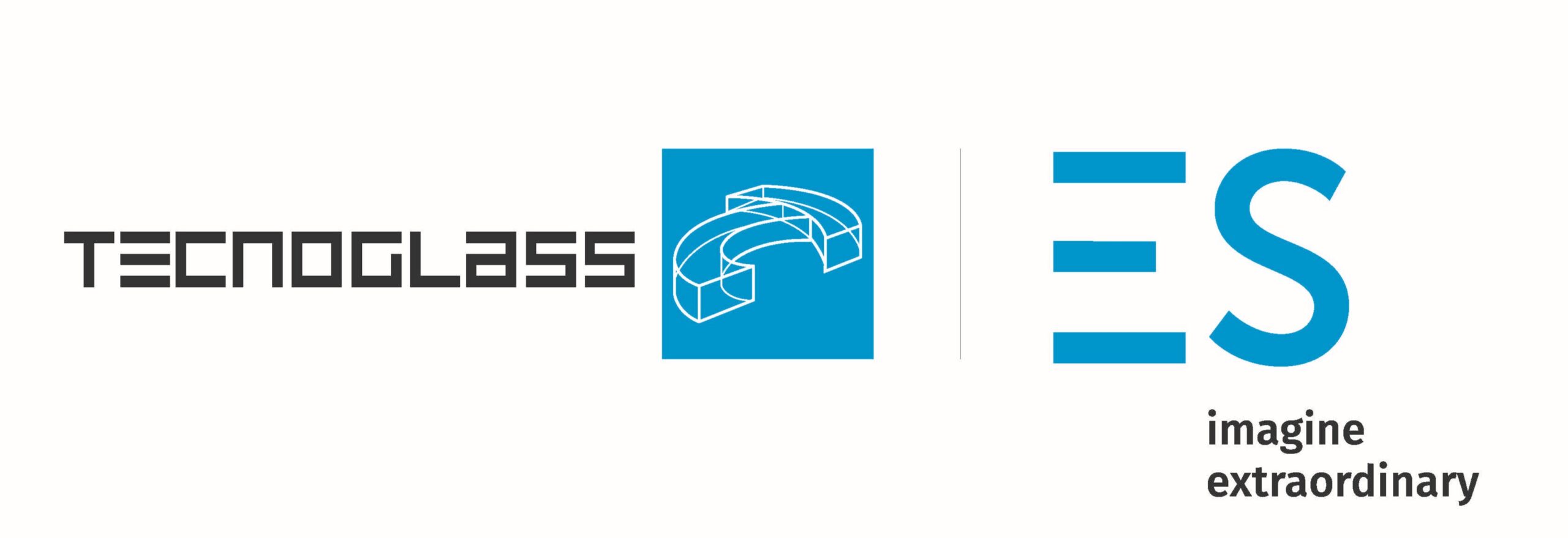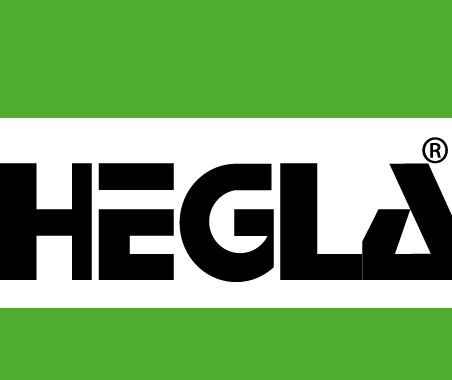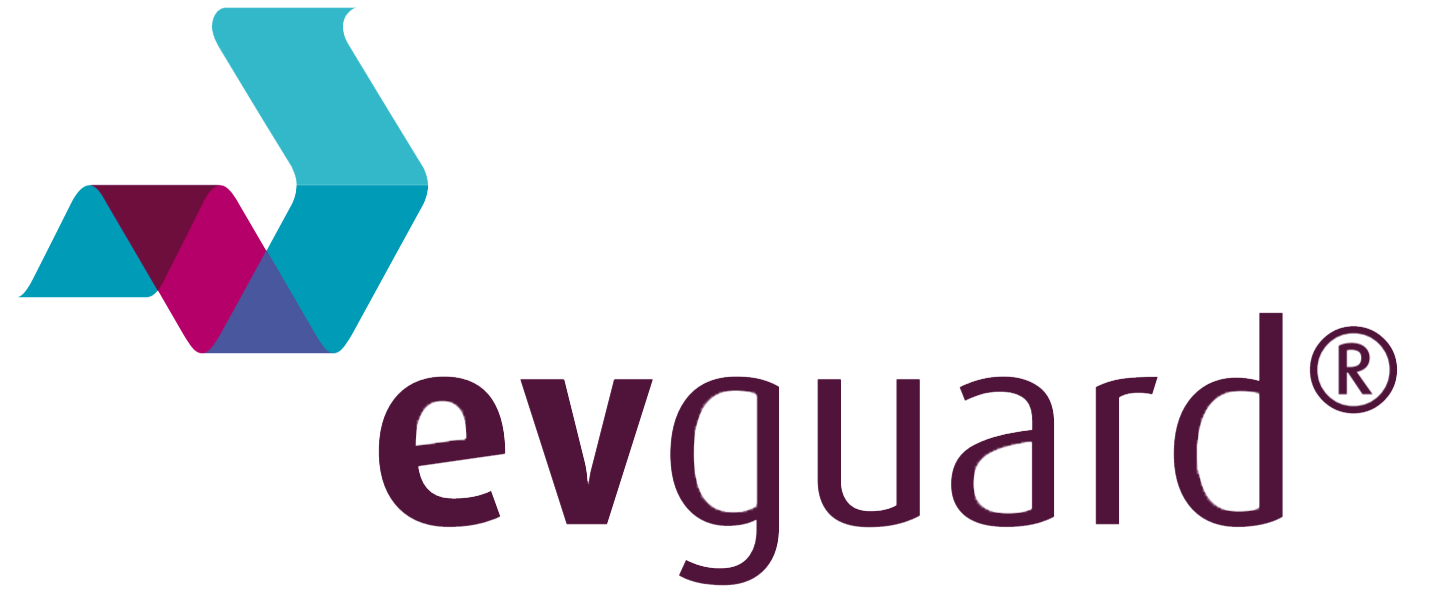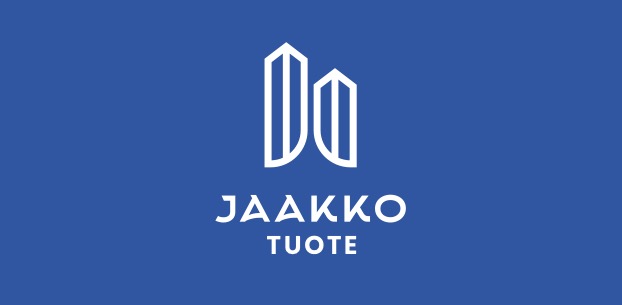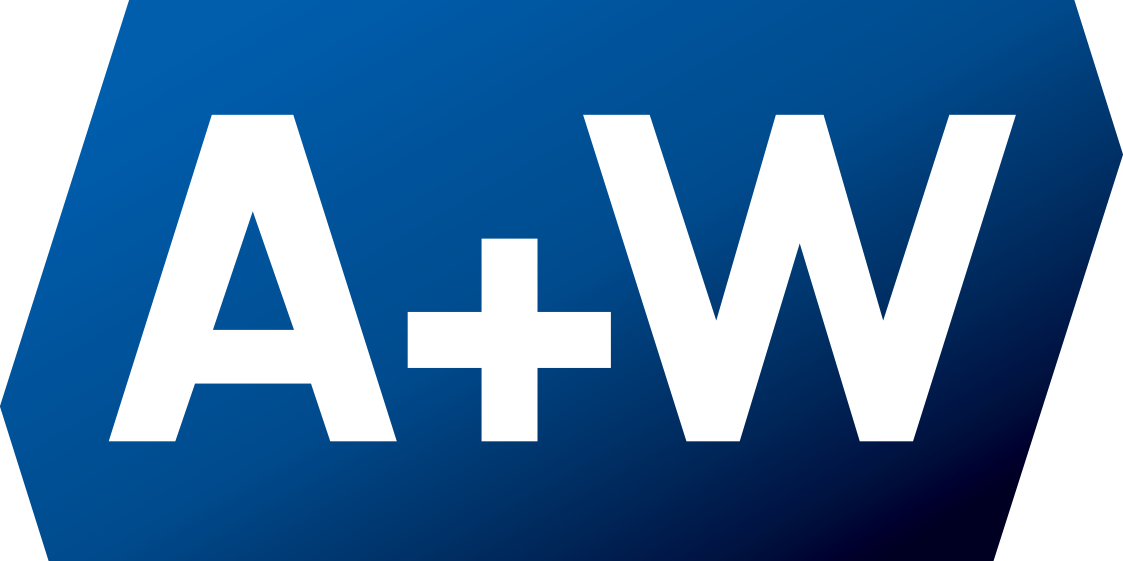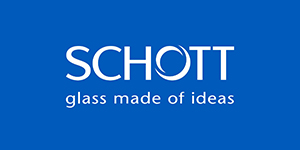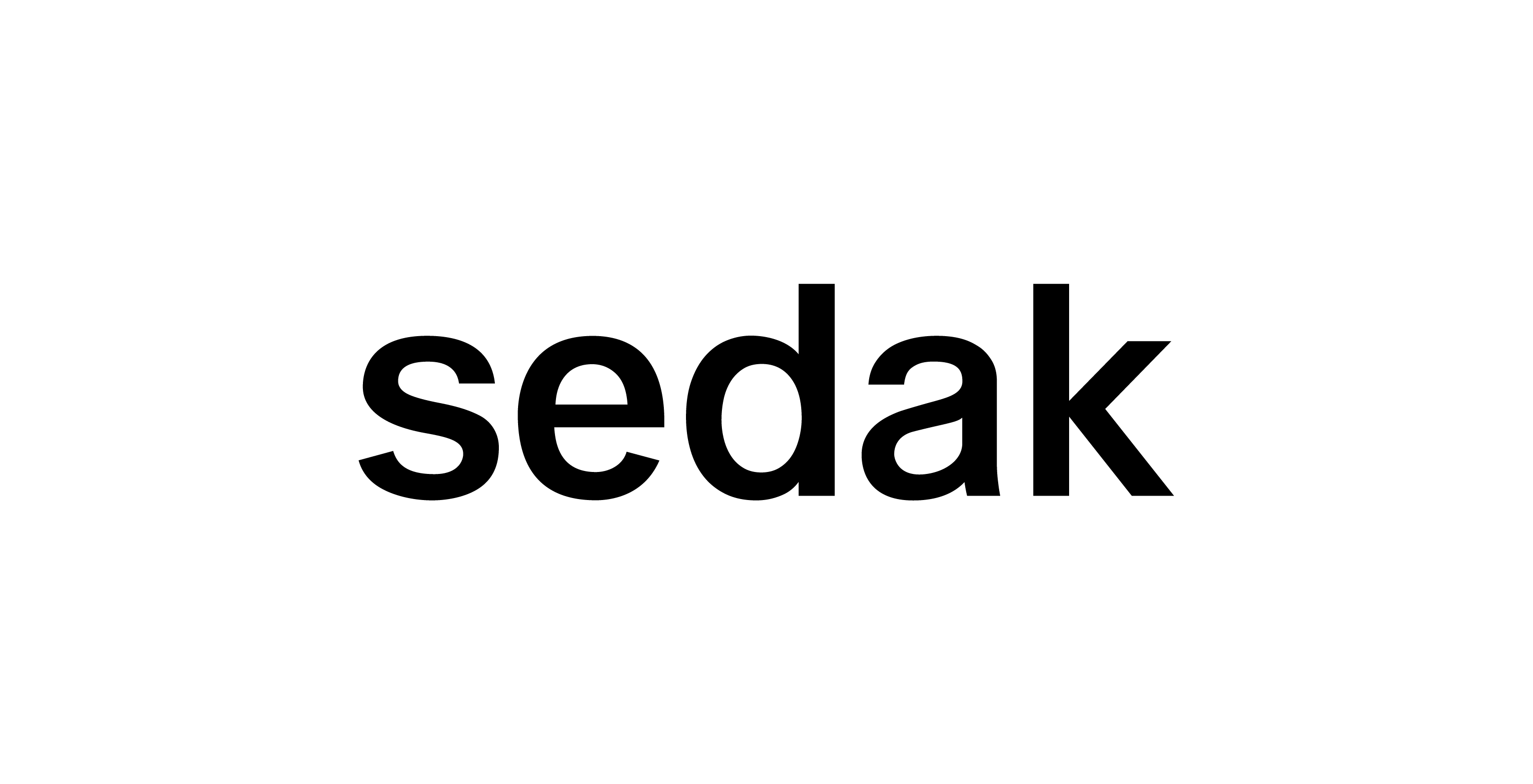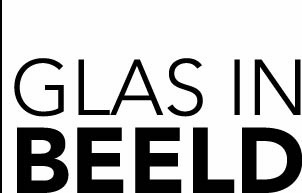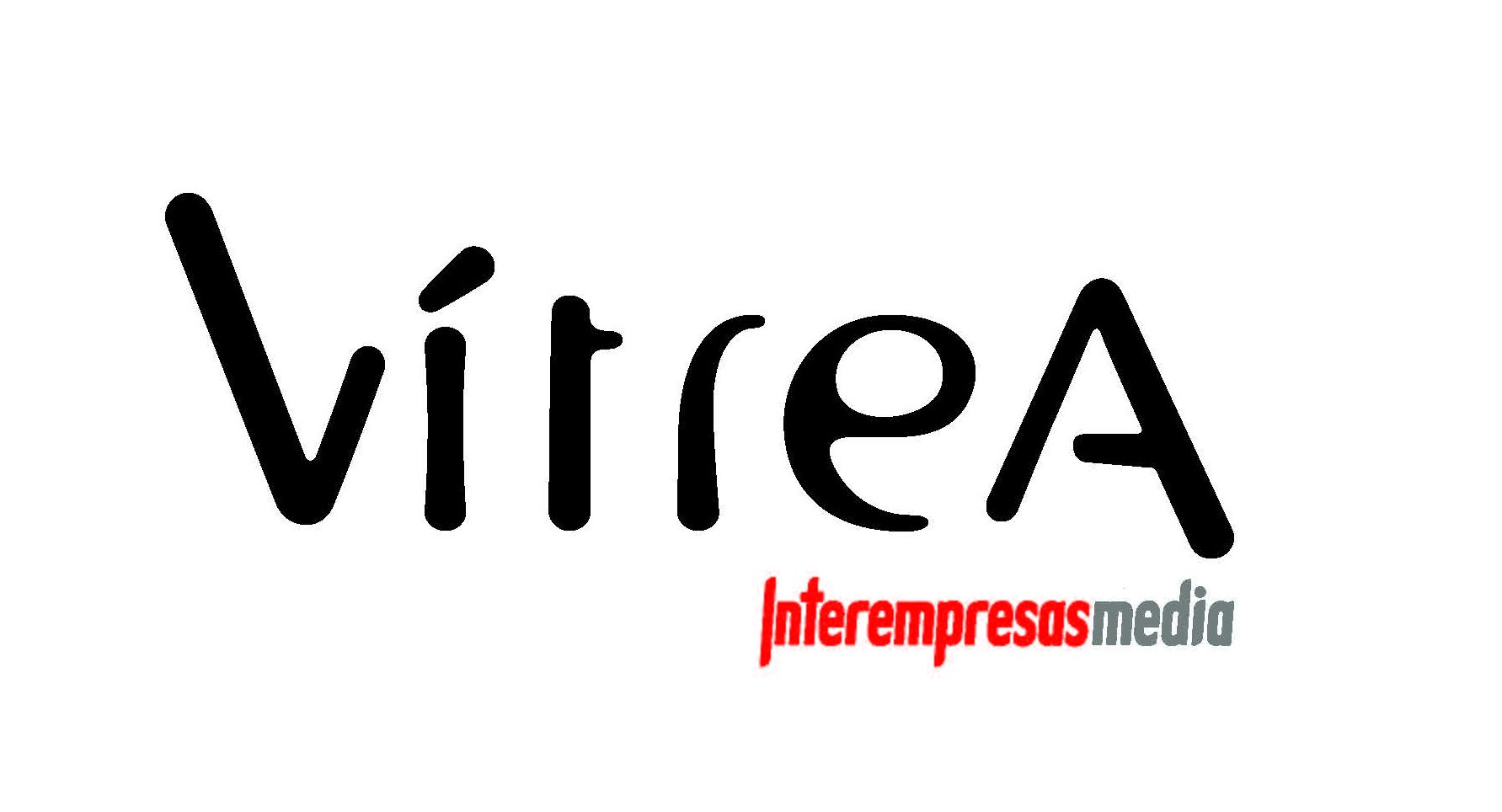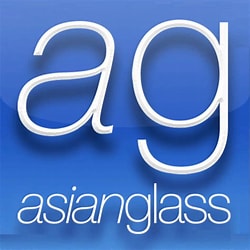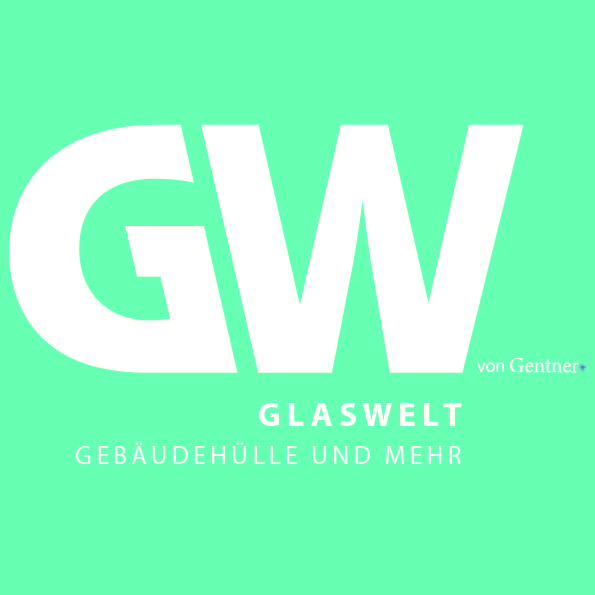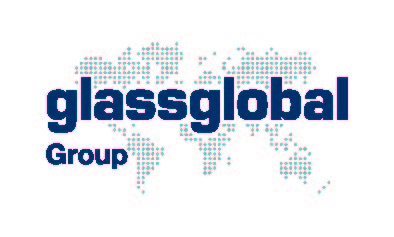Interactive sessions and workshops
Designed to inspire and educate, these workshops were organized by industry experts and innovators from around the world, offering you a unique opportunity to explore cutting-edge topics and practical insights in the glass industry.
GPD 2025 interactive sessions and workshops
Please note that workshop organizers have a right to accept or reject participants.

Cenk Kocer
University of Sydney
Duration: 3 + 3 hrs (09:00-12:00 and 13:00-16:00)
Location: Lapland Hotel Arena floor 5, Kajo room
1. An introduction to the Vacuum Insulated Glass
A 3 hr workshop as an introduction to the Vacuum Insulated Glazing (VIG) technology. We will explore the fundamental history, science and engineering of the technology. We will examine the existing knowledge base of insulating windows and the energy use in buildings and conventional IGU applications. The performance of the VIG with respect to the thermal and mechanical properties will be presented, and we will discuss the design optimisation of a product.
2. Advanced instruction to the Vacuum Insulated Glass
The Vacuum Insulated Glazing (VIG) technology is of great interest in providing for the future requirements of highly insulating buildings. In this 3 hr workshop we will discuss advanced topics such as, current and future components, current and future products, the results of thermal and wind load performance, framing issues, production costing, service lifetime, advanced testing relative to standards, and other topics of interest related to commercial products.
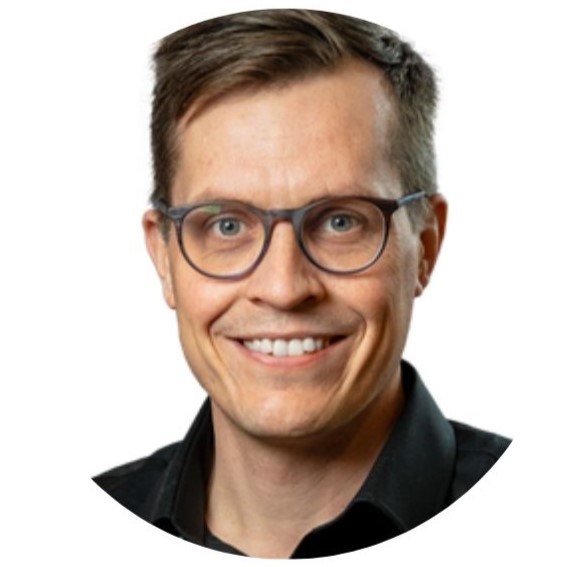
Antti Lehtokannas
Glaston
Duration: 6 hrs (09:00-12:00 and 13:00-16:00)
Location: Glaston facilities
Taking Tempering Efficiency to Next Level
The purpose of the workshop is to provide participants with theoretical insights and practical experience to enhance tempering efficiency. The workshop is divided into two parts: a classroom session and a hands-on demonstration. During the classroom session, several important topics that affect glass tempering efficiency will be covered, followed by a discussion.
Workshop topics include the most important factors affecting efficiency in tempering, the effect of bed utilization, how the loading pattern impacts different furnace setups, understanding furnace capabilities, the role of heating time in tempering, and the influence of modern tempering technologies such as Autopilot and Adaptive Quench.
In the hands-on part, practical experience will be gained using the Glaston FC Series E tempering furnace in the Glaston Showroom. The typical mistakes in loading patterns during manual operation will be addressed, along with strategies to avoid them. Additionally, automatic operation with Autopilot, demonstrating how automated systems optimize the tempering process.
The workshop provides a deeper understanding of the factors affecting the efficiency of the tempering process and practical insights into modern technologies. This is an excellent opportunity for anyone looking to advance their tempering knowledge and gain hands-on experience with cutting-edge tempering solutions.
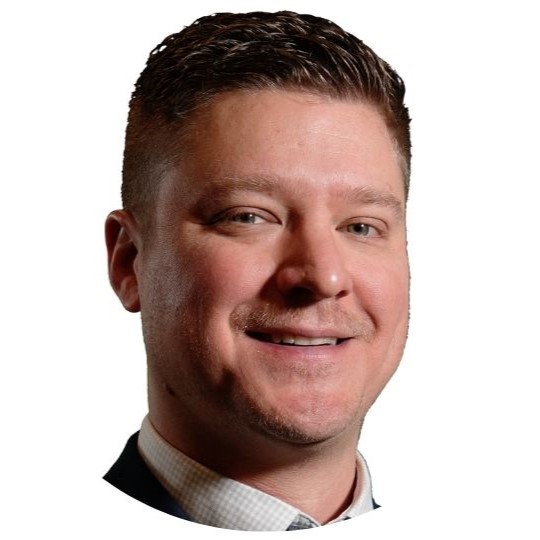
Nick St. Denis
Key Media & Research
Duration: 3 hrs (09:00-12:00)
Location: Lapland Hotel Arena floor 5, Haave room
Navigating Publicly Available Market Tools to Gather Relevant Glass Industry Data
This interactive session provides participants guidance navigating publicly available market tools. Participants will gain an understanding on how to gather key insights and data for decision-making specific to their glass industry-focused businesses. The session will primarily focus on architectural construction and glass manufacturing data, but will also cover other relevant areas.
Several platforms will be explored, including—but not limited to—the International Trade Center, the U.S. Census Bureau and Bureau of Labor Statistics, Eurostat, the U.K. Office for National Statistics, Statistics Canada, and more. Nick St. Denis, vice president of research and data for Key Media & Research (KMR), will demonstrate examples of how industry members can utilize these resources.
KMR is the leader in glass industry-specific market research in North America. It is the parent company of USGlass magazine and the Glass Expos trade shows, as well as several other publications in the architectural glass, residential fenestration and automotive glass industries. KMR is also the administrator of GlassData™, a subscription-based dashboard-style web portal highlighting key metrics and indicators specific to the North American architectural glass and glazing industry.
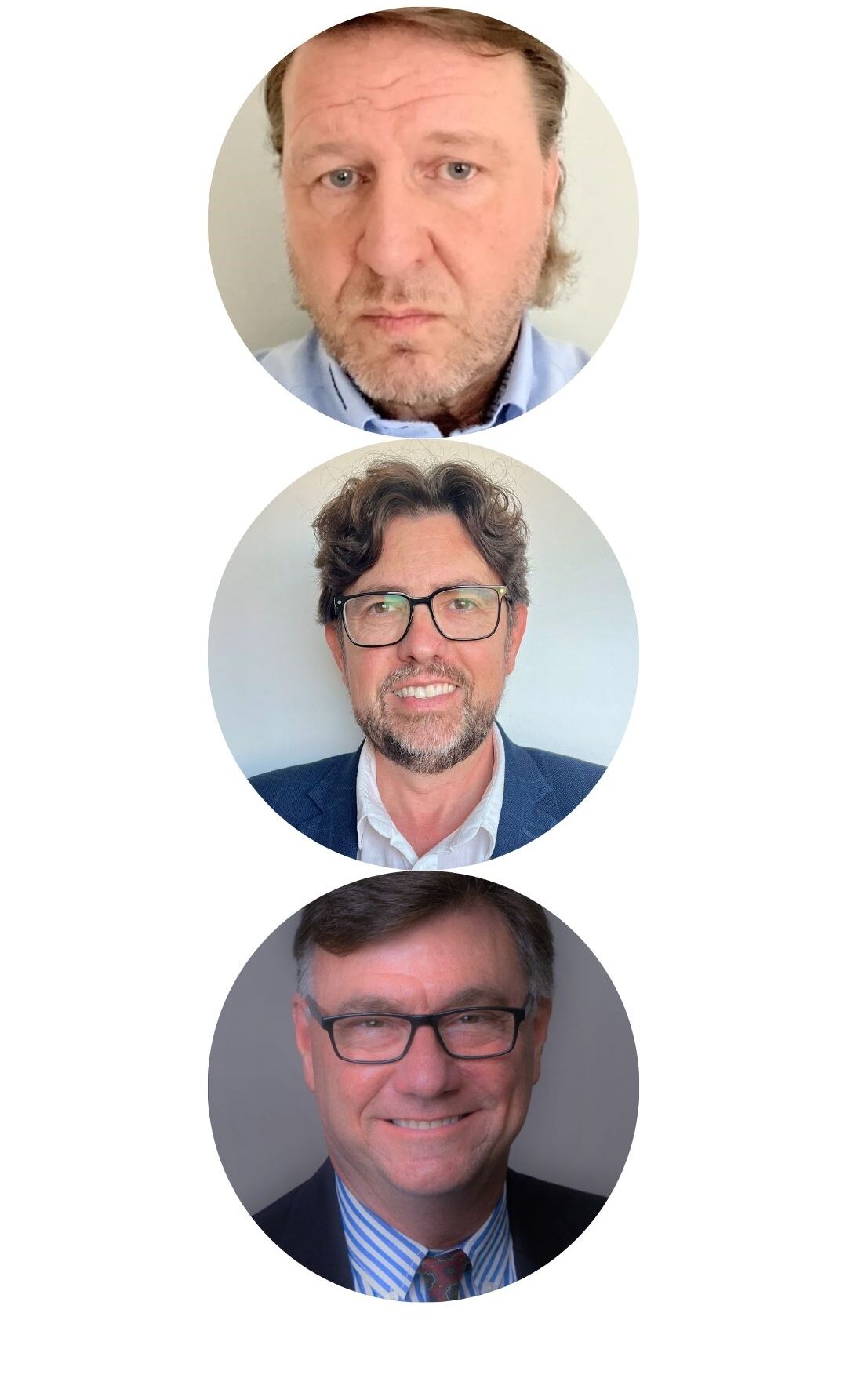
Mauri Saksala, Alejandro de la Muela and Charles Hunter
Glaston | Kuraray | Corning
Duration: 6 hrs (09:00-12:00 and 13:00-16:00)
Location: Glaston facilities
Glass laminating trends – Unlock new business potential
In connection with the world leading glass processing conference, Glass Performance Days (GPD), Corning, Kuraray and Glaston organize a common workshop of flat glass laminating. The target is to present latest trends and novelties with materials and processing. The workshop is divided into two parts: a classroom session and a hands-on demonstration.
Driven by changes in legislation, standards, and industry practices that vary across regions, the use of laminated glass is advancing rapidly. At the same time, new materials like Corning’s ultra-thin ATG™ glass are opening the door to entirely new product categories. Fast-growing trends such as multilayer SentryGlas® constructions and bullet-resistant glazing bring exciting opportunities — but also demand specialized processing techniques for scalable production.
Corning’s ultra-thin ATG™ glass opens up new possibilities across a wide range of applications, offering clear and tangible benefits thanks to its unique properties. However, processing such advanced materials requires a thorough understanding of their characteristics — including the need for special care in handling and processing.
Kuraray’s diverse portfolio of interlayers allows for the creation of more versatile and high-performance laminated glass solutions. In particular, the global demand for multilayer SentryGlas® laminates — known for their enhanced strength and durability — continues to grow rapidly.
Glaston will share its latest innovations and laminating know-how, highlighting how glass processors can unlock new business opportunities through cutting-edge processing technologies. Laminating these advanced glass and interlayer combinations calls for the right processing equipment to enable commercial scale processing.
This workshop will bring together experts from three leading companies to present the latest trends, share real-world insights, and provide practical guidance on how to stay at the forefront of glass laminating innovation.
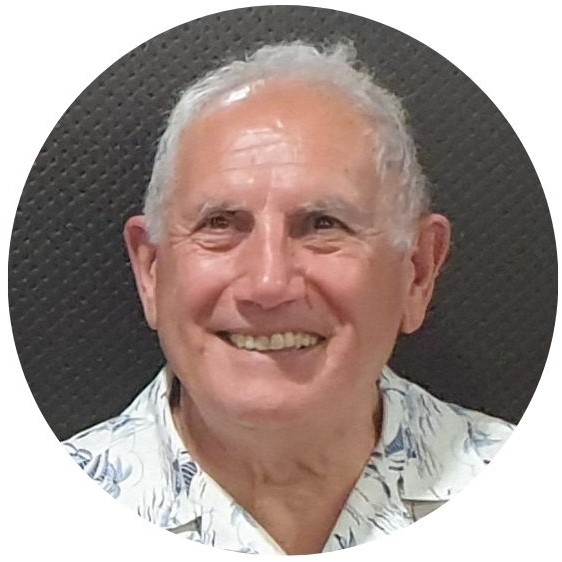
Ignatius Calderone
Calderone and Associates
Duration: 3 hrs (09:00-12:00)
Location: Lapland Hotel Arena floor 5, Kipinä room
The Equivalent Wind Loading For Window Glass Design
The strength of glass varies with load duration. Consequently, the cumulative effect of the wind pressure fluctuations over the entire duration of a windstorm needs to be computed. For the purpose of design, a duration for the design wind pressure is generally taken to be equivalent to a 3 second constant pressure. However, the wind pressure fluctuations vary with location on the building, wind direction, and internal pressure characteristics. Consequently, the same pressure duration may not be appropriate for different windows in the same building. The non-linear relationship between applied load (or pressure) and stress complicates the problem further and the pressure-stress relationship is different for different points on the surface of the same panel of glass, making the integration of the cumulative effect of a windstorm extremely difficult.
This workshop will discuss the results of the research work which was carried out by Dr Ignatius Calderone at Monash University, Melbourne, Australia, which included calculations for the equivalent wind load, using a modified formulation of Brown’s Integral, accounting for the non-linear relationship between applied load and resultant stress. The results of testing on window-size panels showed that the modified method of application of Brown’s integral is applicable.
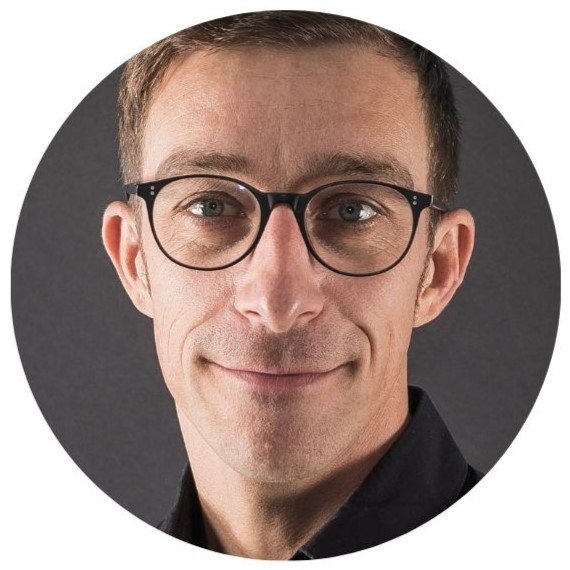
Matthias Seel and Dennis Kampmann
Glass Competence Center at Technical University Darmstadt and Bohle AG
Duration: 3 hrs (13:00-16:00)
Location: Lapland Hotel Arena floor 5, Kipinä room
Industrial Glass Cutting – The importance of edge strength and the impact of cutting wheel selection and corresponding cutting parameters
Cutting is a very important step in Glass Processing, since the influence on the quality and strength of the final product is decisive. The edge strength in particular plays an essential role in the mechanical performance and durability of glazing, particularly in façade applications. By optimizing the edge strength, subsequent processing steps such as grinding, polishing, and, in some cases, thermal tempering can be reduced or even eliminated. This contributes to sustainability and minimizes the risk of thermal breakage in façade elements.
The workshop will not only address the impact of the cutting wheel specifications, such as cutting wheel dimensions, cutting wheel angle and cutting wheel finishes but also the importance of all essential cutting parameters (cutting wheel type, cutting force, and cutting fluid considering different glass thicknesses) and their correlation with the edge strength and crack characteristics (lateral cracks). The presentation covers test methods for for assessing edge strength. Furthermore, normative aspects are addressed, particularly the application of higher-strength edges in structural design and the required verification processes for quality assurance of defined edge strength.
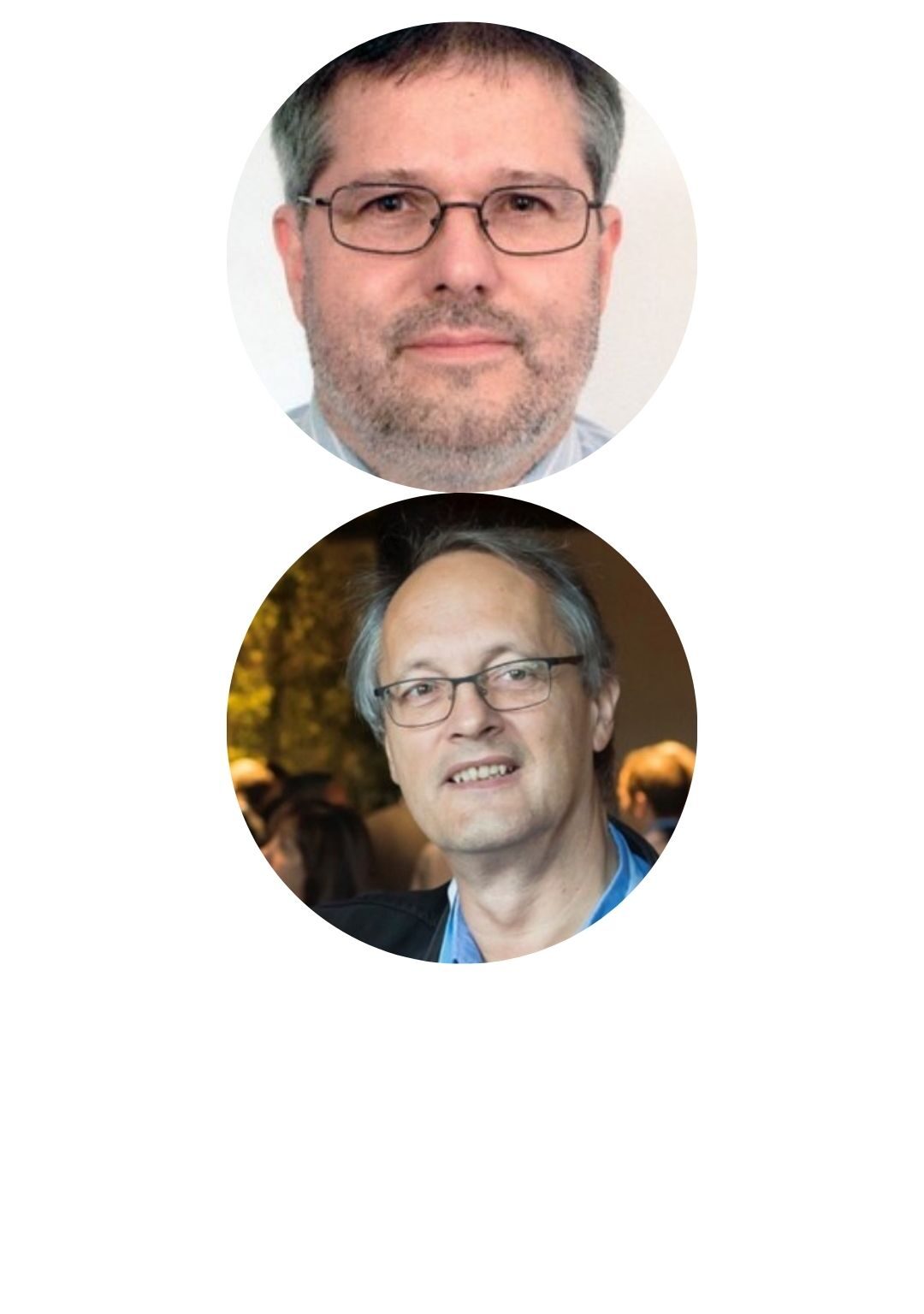
Peter Pokoern and Dr. Michael Emonds
Duration: 3 + 3 hrs (09:00-12:00 and 13:00-16:00)
Location: Nokia Arena floor 6, box 68
Optimizing the pre-processing of flat glass: the choice of the right coolant, cutting fluid, detergent, interleavant powder and anti-corrosion protection
1. Washing, storing, transport and anti-corrosion protection of float glass.
Float glass is produced all over the world. Storage and transport conditions depend on the local conditions and influence the corrosion state of the glass. On the other hand, the glass surface more and more becomes the substrate of high sophisticated functional coatings. As a consequence, a perfect glass surface is decisive because even smallest corrosion defects can spoil the end product. Different chemical / physical methods will be reported which characterize the state of glass surfaces freshly produced and after storage. A discussion will follow regarding the minimum needs of further processing of glass. Furthermore, test methods to simulate glass aging will be on focus.
Dr. Emonds will give basic information regarding the chemistry of (glass) washing compounds. The technical needs for an optimal washing machine will be described as well as the proper maintenance of the washing circuit.
Different concepts of corrosion protection are discussed. Special attention will be paid to anti-corrosion interleaving powders and to liquid anti-corrosion products. The positive influence of anti-corrosion products on low-e coating will be demonstrated.
A major problem in corrosion protection is the proper application of anti-corrosion products. Information will be given regarding different application possibilities and their advantages/disadvantages.
2. Grinding, drilling and cutting of float glass.
Drilling and Grinding: Part Two will start with a general overview of the grinding process using diamond tools, it will enlighten different test methods for quantifying the edge quality and it will present practice test data regarding e.g. the influence of different coolants on the edge finish of ground as well as drilled glass. In a more practical approach the proper handling of synthetic coolants will be on focus. Amongst others parameters like cleaning efficiency, corrosion protection, pH-value, and water recycling will be discussed.
Cutting: The first step in processing float glass is the cutting step. The choice of the right cutting parameters is decisive and influences the quality and the lifetime of the processed glass. The workshop will provide the participants with all information necessary to understand the cutting process and to create a perfect cutting result. Beneath other things Mr. Pokoern will report the effect of cutting wheel, cutting wheel angle, cutting wheel finish, cutting pressure and speed. Additionally, Mr. Emonds will report details regarding the influence of the cutting fluid on the cutting process.
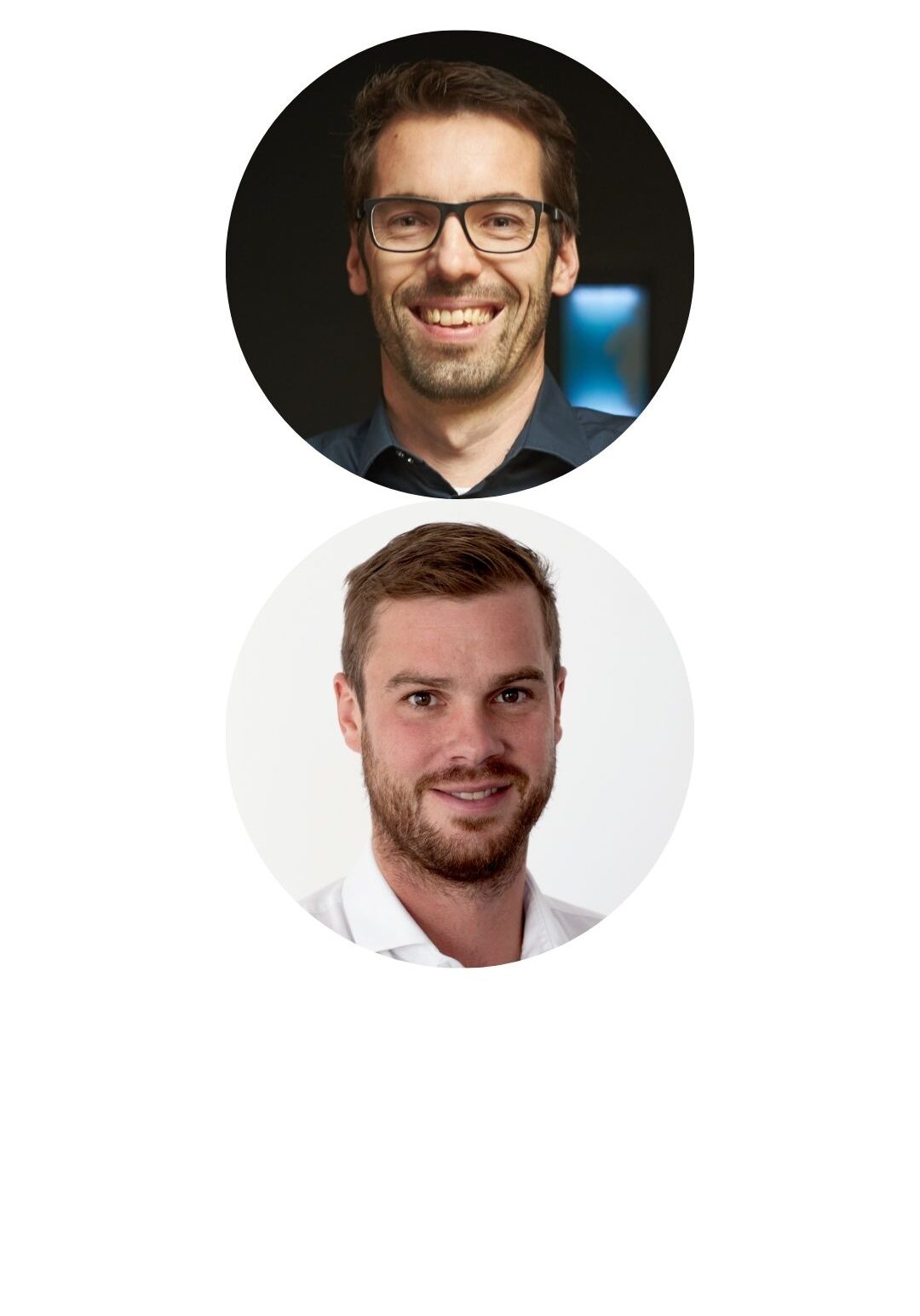
Martien Teich and Christoph Bauchinger
Hochschule München University of Applied Sciences and Seele
Duration: 3 + 3 hrs (09:00-12:00 and 13:00-16:00)
Location: Nokia Arena floor 6, Sky Lounge
This intensive 6-hour workshop will delve into the challenges of designing and engineering complex all-glass structures. It consists of two independent modules. Participants will gain a comprehensive understanding of key principles, including structural and movement concepts, bearing strategies, instal-lation, and the challenges associated with structural and large glass sizes.
Workshop Structure:
1. Structural Glass Module I: Introduction to All-Glass Design
• Overview of fundamental design and engineering principles
• Discussion of structural considerations, load paths, movement concepts, and safety factors
• Exploration of various glass and interlayer types and their properties
• Introduction to connection and sealing techniques
• Participants will apply structural and design concepts to basic glass components (e.g. dimensioning of glass fins, bearing concepts for curved façade panels, etc.)
2. Structural Glass Module II: Interactive Design Exercises
• Participants will work in small groups to design a typical real world all-glass structure out of the seele project spectrum (e.g. https://seele.com/references/new-performing-arts-venue-brisbane):
o Project Part 1: Structural Glass
– glass as primary structural component
– glass beams and glass bracing
o Project Part 2: Curved Glass
– bending technologies
– design considerations for curved glass
• Workshop organizers will provide guidance and support, encouraging creative problem-solving and performing approximate hand-calculations
• Review of design concepts: Groups will present their design concepts and receive feedback from peers and organizers
• Workshop organizers will present final built project and lessons learned
Target Audience:
Engineers, designers, and architects with a strong interest in glass construction. Understanding of glass is helpful but not a prerequisite.
Key Takeaways:
• A solid understanding of the design and engineering principles for all-glass structures
• Practical knowledge of the challenges and opportunities associated with large-scale glass projects
• Hands-on experience in developing innovative design solutions for all-glass facades
• Networking opportunities with industry professionals and peers
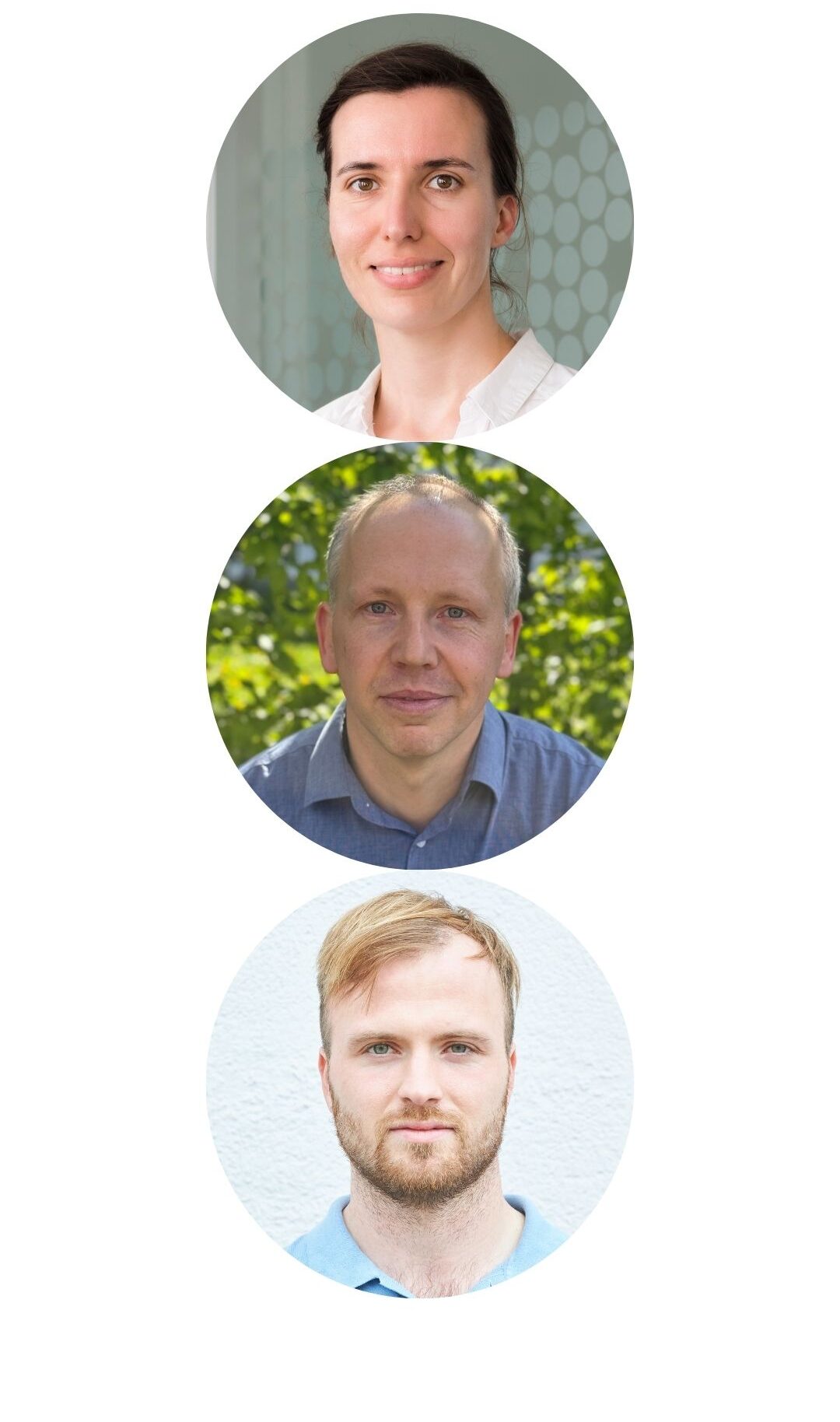
Juliane Brandt-Slowik, Guido Stiebritz and Jan-Lukas Bernewitz
SCHOTT
Duration: 3 hrs (13:00-16:00)
Location: Lapland Hotel Arena floor 5, Hohde room
Borosilicate Float Glass – get to know various applications and learn about important properties and the special glass structure in direct comparison to standard soda lime glass
Borosilicate float glass is a highly versatile material and is used in important applications in various industries all over the world. However, its special features, derived from the composition, the glass structure as well as the production process, are not well known. The importance of specialty glass is increasing globally, so dive with us into the glass structure of a “hidden champion” and learn about the mechanical, chemical, thermal, optical and electrical properties of borosilicate glass in direct comparison to other common glass types. The idea is to provide scientific knowledge and technical insight, as well as introduce you to various fields of application. For that we will combine a theoretical part with a demonstration, as well as a practical video part with two application examples. Focus topics for further discussion will be the applications fire-resistant glazing and security glazing in the architectural business.
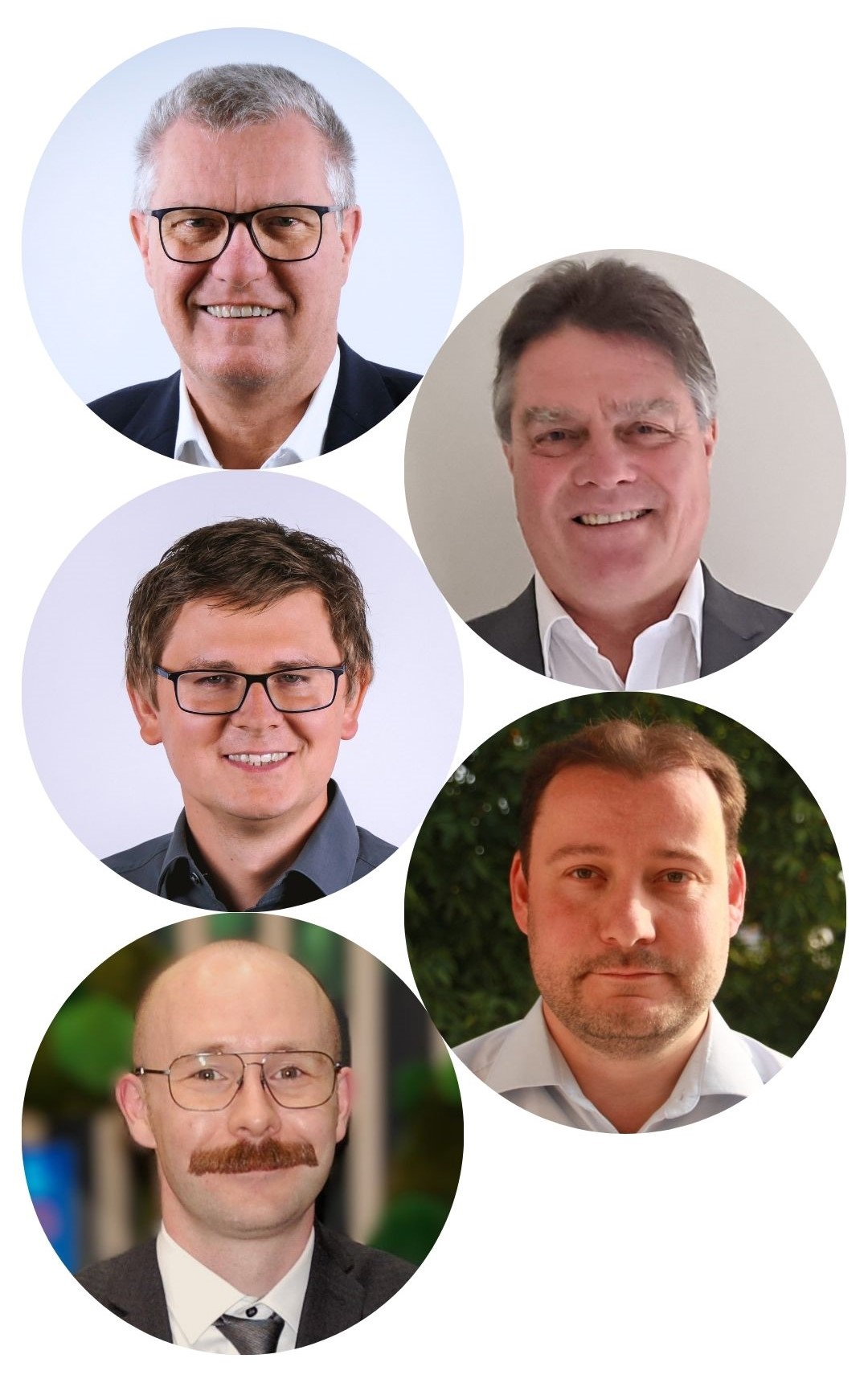
Uwe Risle, Gennadi Schadrin, Sebastian Dillinger, Chris Davis and Christian Scherer
Glaston and H.B. Fuller | Kömmerling
Duration: 3 hrs (13:00-16:00)
Location: Lapland Hotel Arena floor 5, Haave room
Latest technologies for manufacturing future-proof insulating glass units
In this workshop H.B. Fuller will introduce Ködispace 4SG, a high-performance reactive warm edge spacer that is designed for fully automated, high-precision insulating glass unit production. Attendees will learn how energy efficiency and CO2 reduction in modern buildings will be possible and failure rates in IG units can be reduced.
Glaston’s focus in this workshop will be on the increasing automation of the IG manufacturing process by using the latest TPS® technology including an automatic muntin positioning station. Furthermore, attendees will get deeper insights into the new production technology of thin triple or quadruple IG units with ultra-thin center glass.
